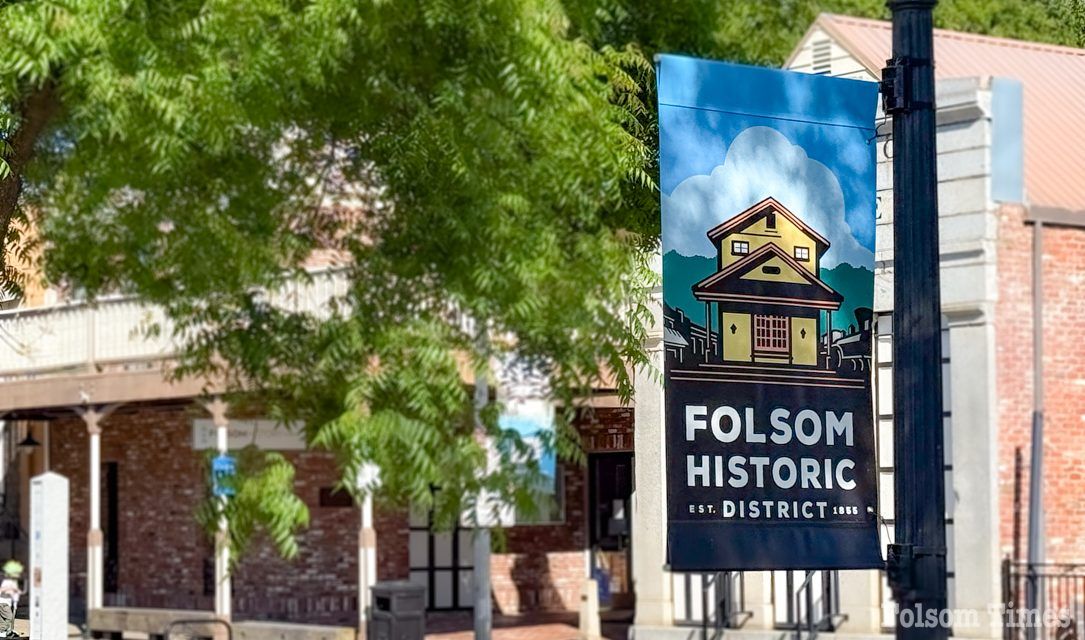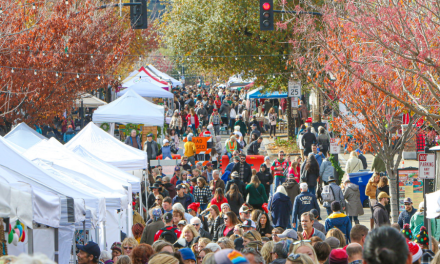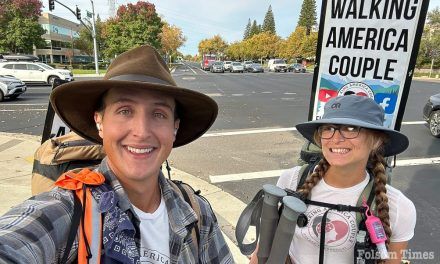Ordinance would streamline design reviews, tighten accessory building standards, and expand public notice requirements
FOLSOM — The Folsom City Council on Tuesday approved the first reading of an ordinance amending Chapter 17.52 of the city’s municipal code, advancing a plan to streamline the Historic District’s design review process while retaining protections for the area’s character.
The ordinance delegates certain reviews—such as small additions, accessory buildings, nonhistoric demolitions, and sign permits—from the Historic District Commission to the Community Development Director. It also expands public notice requirements, clarifies accessory building standards, and introduces exemptions for minor projects that staff say have long created unnecessary delays and costs.
Planning Manager Desmond Perrington described how the current process slows even modest changes. “Currently, all buildings and all exterior renovations, remodeling additions, all signs, all demolitions, all of those go to the historic district commission. That’s not only a lengthy process, but it’s also a costly one in terms of the amount of staff time.”
“What we are proposing to do in the ordinance in front of you is to bring exterior renovations, remodeling, and smaller modifications to existing buildings plus small additions to nonhistoric structures and accessory buildings and then nonhistoric demolitions and sign permits down to the director level,” he said. “That would speed up the process, reduce the need for staff reports and presentations, and then also reduce the cost to applicants.”
Perrington added that several very small projects would no longer require design review at all. “We would also be exempting some items entirely from design review. This is like roof material or, you know, roof replacements, window and door replacements when you’re dealing with kind of a like for like situation, residential building colors, fences and walls, you and you can see the small patio covers and so forth.”
He outlined expanded noticing and transparency steps: “We’re ensuring that, you know, the folks that have typically requested noticing, the Folsom Historic Residence Association or Historic Folsom Residence Association, the Heritage Preservation League, the the Folsom Historic District Association, that they would receive notices in addition to the notices being posted online, the notices mailed to adjacent property owners, and then, of course, the posting on-site.”
Accessory building rules would also tighten. “We’re also gonna be making modifications to the standards for accessory buildings, limiting them to 15 feet, reducing the square footage to not more than 50% of the primary structure, and ensuring that they can’t be located in front of the main main building,” Perrington said.
He noted concerns the city heard during commission and public review. “Now while this item passed six to one at the historic district commission or was recommended for approval at the historic district commission, there were a number of commission and public comments related to a variety of aspects of this. I think they were concerned about the transparency of the director level process, the a desire for even more noticing than what we were proposing.” He also asked the council to make a technical correction during the motion “to ’17 fifty two three, two zero.’”
Councilmember Mike Kozlowski sought clarity on how visible exterior features and small projects would be handled. “So if I do south facing solar panels on my roof, they’re gonna be visible from the street on every house that faces south. That is correct.” He summarized the scope of items addressed: “And then these would be exterior renovations, remodel modeling modifications to existing buildings, small additions on nonhistoric structures that are 500 square feet or less, and then accessory buildings, demolitions of buildings found to be nonhistoric, and then sign permits.”
Councilmember Barbara Leary emphasized the district’s draw and asked about outreach to residents. “People want to make sure that the character of the district is retained, and it’s one of the things that draws people to visit here and to move to Folsom, and visit on a regular basis,” she said. “I guess you’ll be notifying everyone that lives in Historic District about these changes because I was curious how property owners would know whether they’re going to have to go through a design review at the director level or qualify for an exemption.”
During public comment, resident Loretta Hettinger supported the goal of efficiency but warned about incremental impacts. “Nobody objects to the reason for this ordinance. Nobody. But there is reason to object to some of the contents. I’m always as you know, if you know me at all, you know I’m always an optimist, but I’m not an optimist that this ordinance will protect the history of this small town.” She continued, “The ordinance has the potential to eat away one little thing at a time at the historicity of the district. Small things don’t make a difference elsewhere, but they do in the historic district.” She added, “Things that are normal in other parts of the city cannot be normal here. And an effort to standardize everything in the city, whether it’s notification or not, isn’t going to succeed in protecting the historic district.”
The council acknowledged the transparency and appeal-rights concerns and agreed to revisit broader appeals-process issues in a future zoning code update. The ordinance was determined to be exempt from the California Environmental Quality Act as an administrative, process-related action. It returns for a second reading on Oct. 28.
Copyright © 2025, Folsom Times, a digital product of All Town Media LLC. All rights reserved. No portion of this publication may be reproduced, distributed, or transmitted in any form or by any means, without the prior written permission of the publisher.




